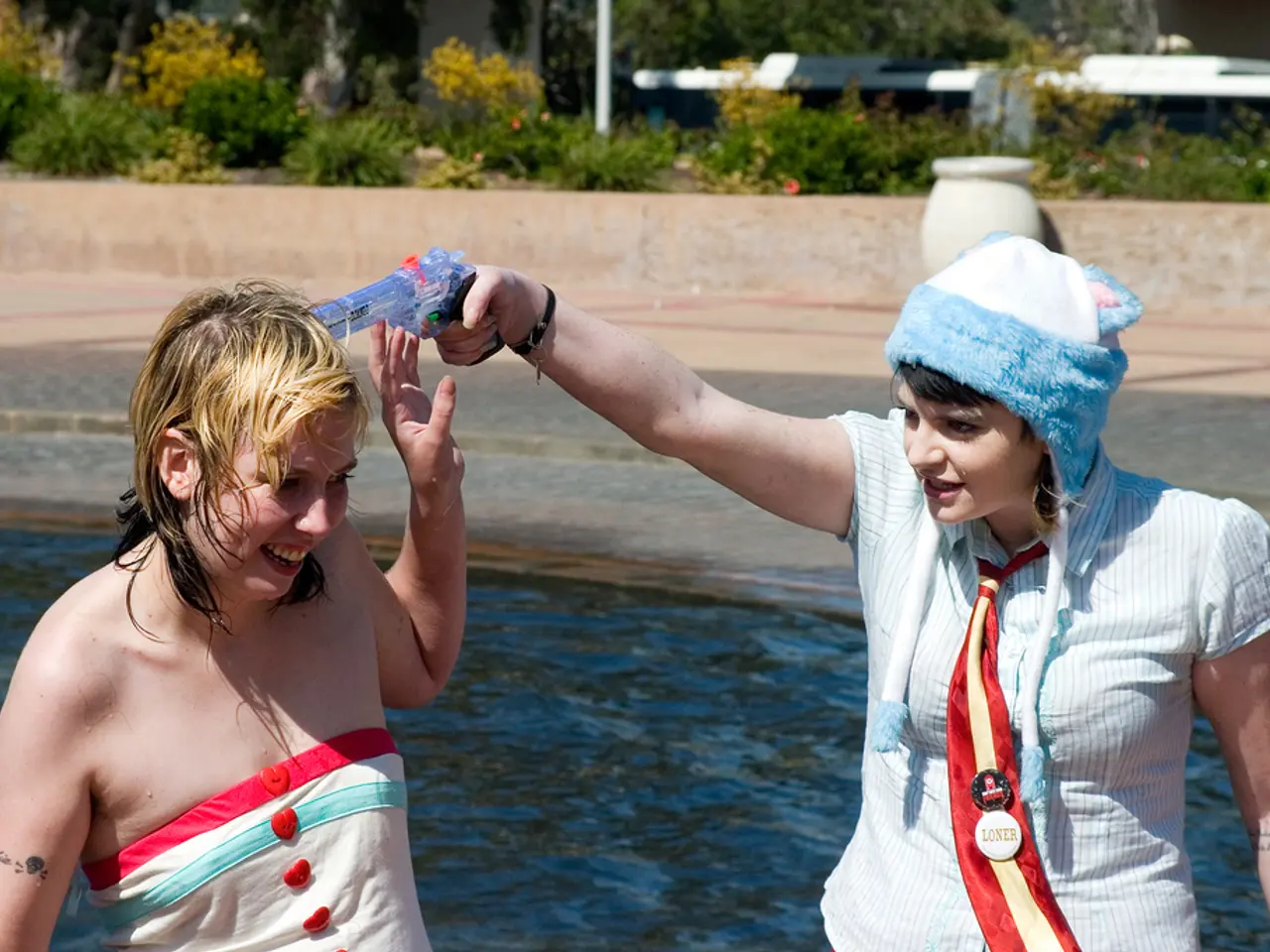Swimming in the Seine, a river that runs through Paris, is legal again after a century-long ban.
After more than a century, the waters of the Seine River in Paris have been deemed safe enough for swimming, marking a significant milestone in the city's ongoing efforts to improve its water quality. This transformation, made possible by a substantial investment of 1.4 billion euros as part of the preparations for the 2024 Paris Summer Olympics, has brought back the dream of former Paris Mayor and President Jacques Chirac to life.
The improvement in water quality can be attributed to the construction of a massive underground stormwater overflow tank, which helps manage pollution and improve water quality. This investment has not only enabled swimming in the Seine but also contributes to the modernization of the city's sewage systems.
Safety is paramount in these new swimming zones, which are delimited by pontoons and buoys to protect swimmers from boat traffic. At Bercy, a guardrail is attached to ducs-d'Albe (steel marine structures) to provide additional protection. Swimming is strictly supervised and authorized only in designated areas, with lifeguards present to monitor swimmers.
Before entering the water, swimmers must demonstrate their swimming ability in a supervised area. A lifeguard is present to verify this ability, and swimmers are required to wear lifebuoys, which are loaned and must be returned in good condition. Age and height restrictions apply at each bathing site to ensure the safety of all participants.
City authorities have assured that the current water quality meets the standards for swimming. The water quality is analysed daily to ensure it meets safety standards, and real-time monitoring is carried out by sensors and laboratory tests.
The swimming zones, located at the Île Saint-Louis, Bercy, and Grenelle area, opened on July 5. The capacity for each zone varies, with up to 150 people at Île Saint-Louis, up to 700 people at Bercy, and up to 200 people in the Grenelle area. The zones will operate until August 31 if conditions remain favourable.
The safety of swimmers is ensured by lifeguards and police patrols. Paris Mayor Anne Hidalgo and Prefect of Police Laurent Nuñez were present at the opening ceremony. French President Emmanuel Macron linked the event to the dream of former Paris Mayor and President Jacques Chirac.
Deputy Mayor Pierre Rabadan has already tried swimming in the Seine, and Paris Mayor Anne Hidalgo has not yet decided if she will repeat her swim in the Seine this year. The return of swimming in the Seine has cost French authorities over €1.4 billion.
Information for swimmers includes green, yellow, and red flags to indicate the safety level of the water. Green signifies a safe swimming environment, yellow indicates caution, and red signifies prohibited swimming. Mandatory requirements include swimming ability for all, and children under 14 are only allowed with parents.
The return of swimming in the Seine marks a new era for Paris, offering residents and visitors a unique opportunity to immerse themselves in the heart of the city while enjoying a refreshing swim.
The enhancement in water quality has enabled a lifestyle shift towards outdoor-living, as Parisians and visitors can now engage in home-and-garden like activity by swimming in the Seine River. The reopening of swimming zones at various locations, such as Île Saint-Louis, Bercy, and Grenelle area, has brought a fresh twist to the city's cultural and recreational offerings.




